|
Voiced by Amazon Polly |
Jenkins is an open-source automation server that makes it easier to automate the platform-wide deployment, testing, and development phases of any project. Jenkins assists in preventing breaking changes so that you can guarantee the delivery of high-quality software while saving time. Before putting your apps into production, you can easily manage and test them with its online interface.
Freedom Month Sale — Upgrade Your Skills, Save Big!
- Up to 80% OFF AWS Courses
- Up to 30% OFF Microsoft Certs
- Ends August 31
Bitnami package for Jenkins
The most recent versions of pipeline and Git integration plugins, as well as other community-recommended plugins, are included in this image. It is an open-source solution that Bitnami has bundled. Bitnami is the company that packed this software list. Use of the trademarks mentioned in the offering does not imply endorsement or association; ownership of the trademarks remains with the respective companies.
Bitnami Certified Apps: Why Use Them?
Images with Bitnami certification are always up-to-date and safe and designed to function straight out of the box. Applications are packaged by Bitnami by industry standards, and all libraries and components are routinely checked for vulnerabilities and programme upgrades. Bitnami automatically repackages the apps and publishes the most recent versions to the cloud marketplaces whenever a security threat or upgrade is detected. Details about the image are as follows:
By: Bitnami by VMware
Categories: Source Control, Testing, and Application Development
Operating Systems:
Linux/Unix, Debian 11,
Delivery Methods: Amazon Machine Image
Step-by-Step Guide to Implement Jenkins using Marketplace AMI
- Go to Marketplace subscription and click on Discover Products.

- Search for the Bitnami package for Jenkins and click on it.

- Then click on Continue to subscribe and accept the terms.

- After that, click on Continue to Configuration.

- Keep the default settings and click on Continue to Launch. Change to t2.small, keep the rest of the defaults, and click on Launch.



- The below message will be displayed.

-
Now, go to the EC2 dashboard, and you will see that one EC2 instance is running. Rename it as Jenkins.

- Now, you need to get a username and password to access Jenkins; for that, again, go to the page shown in step 6 and click on usage instructions.

-
You will get the below page from which you get the default server administrator as a ‘user,’ but you don’t have a password there.

-
Now, for the password, go to the EC2 instance, select the Jenkins instance, click on the action, select Monitor and Troubleshoot, and click on Get System logs

- Then, on the log screen, you will get the username and password. Copy and save it in Notepad.

-
Now go to the Jenkins instance, copy the public IP, and open it in a new web browser, and you will get the Jenkin Login page. Now copy the username and password that you saved in the notepad file in the last step and sign in.

-
Now you are on Jenkins’s home page

-
Click on manage Jenkins, click on plugins, and click on available plugins. Search for CloudFormation, select, and install. Click on restart Jenkins.

-
By the time Jenkins restarts, open GitHub. Create a new repository with Jenkins-cf and upload the files there.

-
Once Jenkins has restarted, give the user name and password to log in again. Click on a new item/ create a job. Give the item name Jenkins_cf, select FreeStyle project, and click on ok.

- Go to source code management. If there is no git, then again, go back to the plugins and download the git plugins.
- In source code management, select git, go to git, copy the URL of the repository, and then again come back to Jenkins and paste the URL there. Now click on add to add the credentials, select Jenkins, and then give the username and password of your GitHub. Click on add and then select this.

- Go to IAM and create a user with s3 full access and CloudFormation full access. Download the credentials.

- Now, in the Jenkins instance, go to Build Environment. Select CloudFormation, copy the name of json file from git, here ‘simplests3cft.json’, and paste it into the Cloud Formation recipe file/S3 URL. (.json). Give the name of the stack as Jenkins-cf. Now give the access key and secret access key of the user created in step 19, uncheck automatic stack delete and save.
-
NOTE-change the branch name from master to main.


- Now click on Build Now. The Build will be in progress in build history, then click on #1 and console output; it will show all the events.



Freedom Month Sale — Discounts That Set You Free!
- Up to 80% OFF AWS Courses
- Up to 30% OFF Microsoft Certs
- Ends August 31
About CloudThat
CloudThat is an award-winning company and the first in India to offer cloud training and consulting services worldwide. As a Microsoft Solutions Partner, AWS Advanced Tier Training Partner, and Google Cloud Platform Partner, CloudThat has empowered over 850,000 professionals through 600+ cloud certifications winning global recognition for its training excellence including 20 MCT Trainers in Microsoft’s Global Top 100 and an impressive 12 awards in the last 8 years. CloudThat specializes in Cloud Migration, Data Platforms, DevOps, IoT, and cutting-edge technologies like Gen AI & AI/ML. It has delivered over 500 consulting projects for 250+ organizations in 30+ countries as it continues to empower professionals and enterprises to thrive in the digital-first world.

WRITTEN BY Vijaya Lakshmi Singh


 Login
Login


 May 29, 2024
May 29, 2024 PREV
PREV


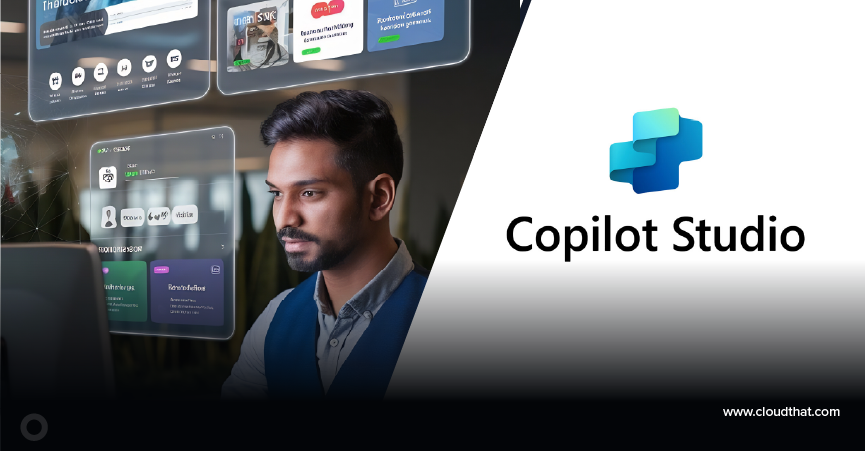

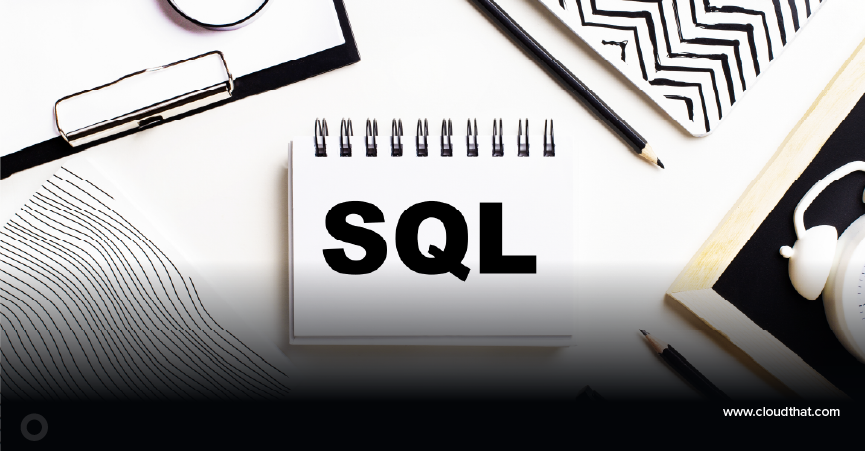
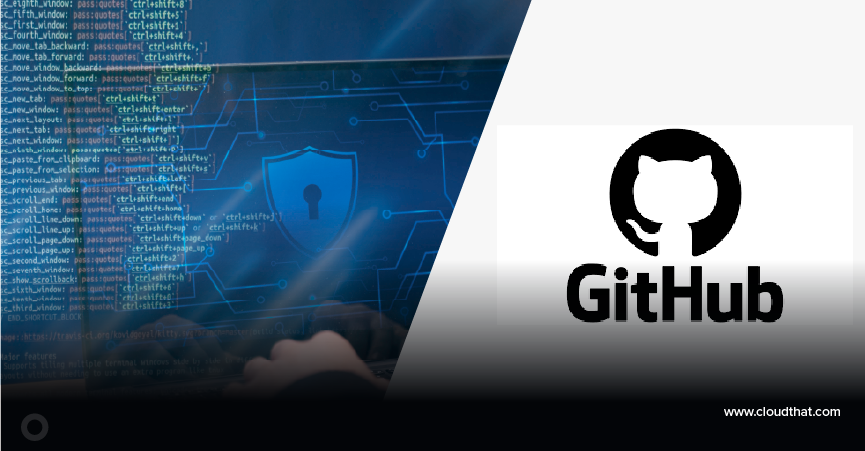


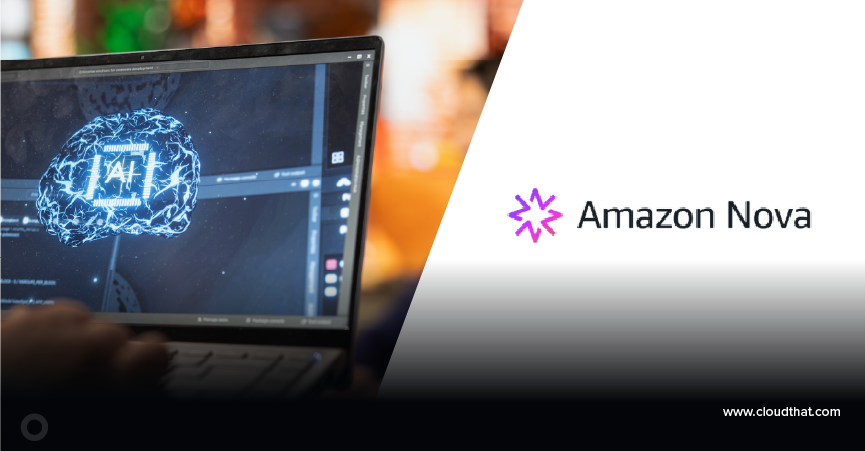
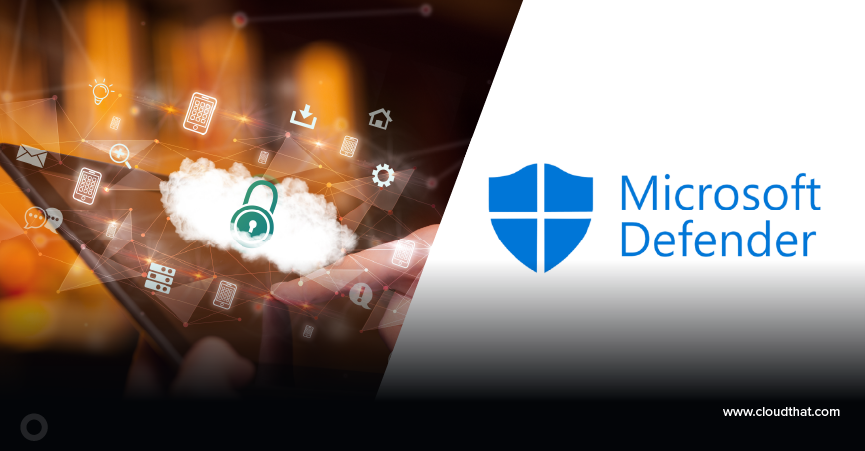
Comments